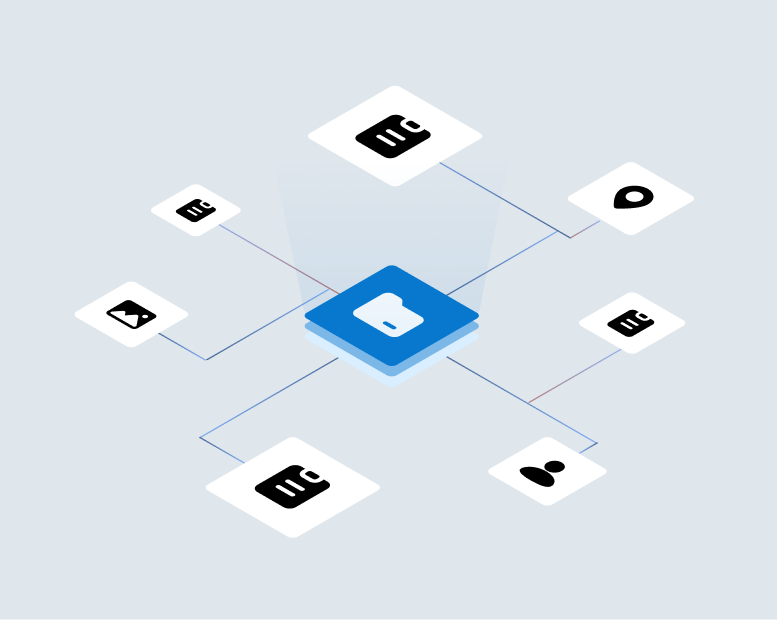A customer’s address doesn’t match the 3rd party data – and he hasn’t moved recently. A case of garaging fraud? Or someone who transposed a zip code or mispelled a street?
A customer has one driver with eight vehicles and the data identifies all of the vehicles as the same type commonly used by commercial businesses. A cut and dried case of garaging fraud? Or simply a car fan who collects classic panel vans.?
The mitigation of underwriting fraud necessarily revolves around data: the data customers provide and third party data to test the customer’s clai as a way of eliminating errors driven by inaccurate or deceptive data provided by customers. But as the examples above show, sometimes the very best information isn’t good enough: we need more information. Information that only the customer has and because the customer is expecting an ‘instant quote’ or binding we need that information right now.
Why is direct, real time customer interaction so useful:
- It tells customers that ‘we’re watchin’
- It is help to customers that are confused or anomalous and don’t know what to do
- By lifting the veil of transactional anonymity, it often scares away the dishonest customers.
- It resolves the issue there and then with no lag
But most of the time the evidence falls far short of certainty so carriers have three choices:
- knock the customer out due to the data (only done on certain absolutely key variables),
- Let the customer in with some sort of flag to test further during the look-see period or
- Talk to the customer


